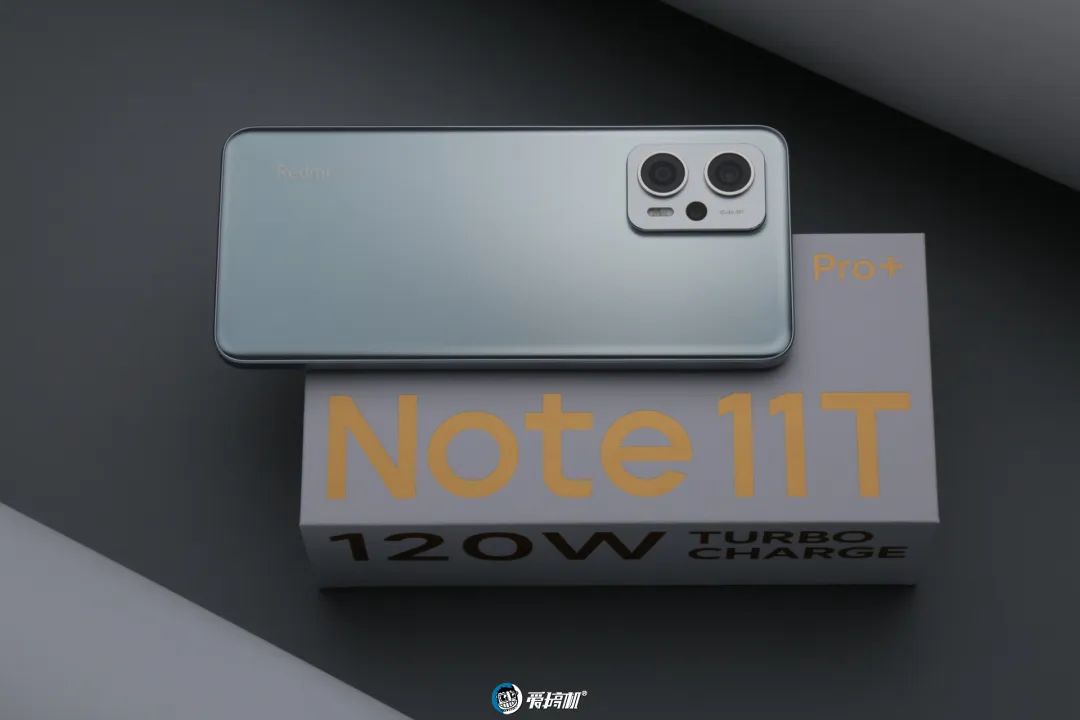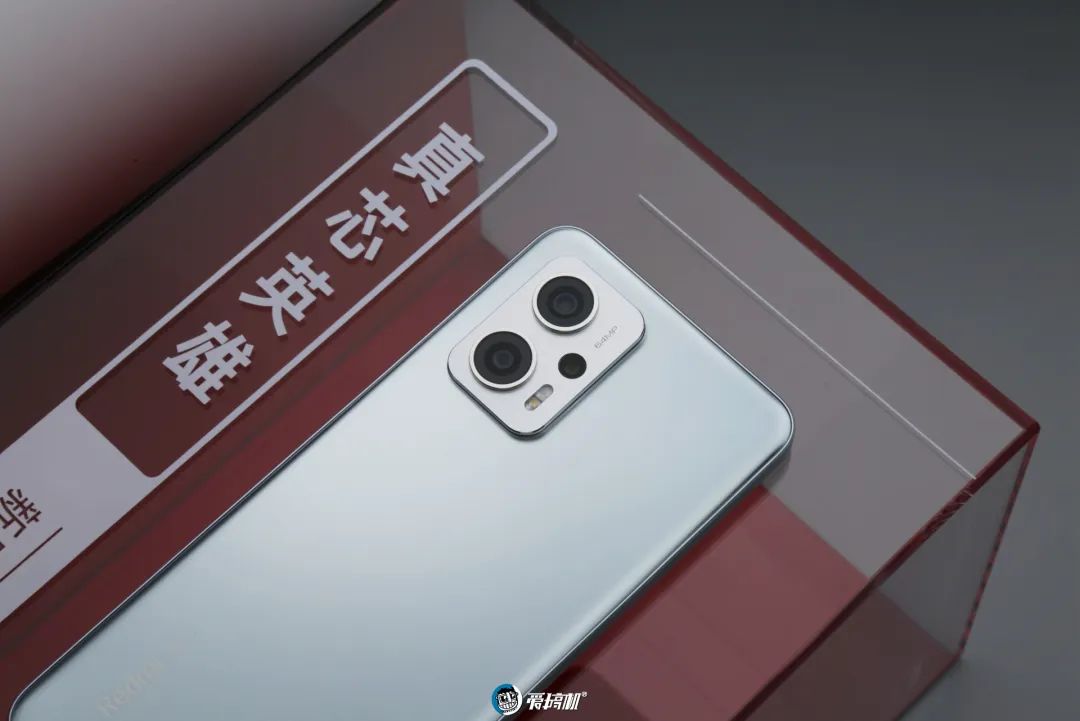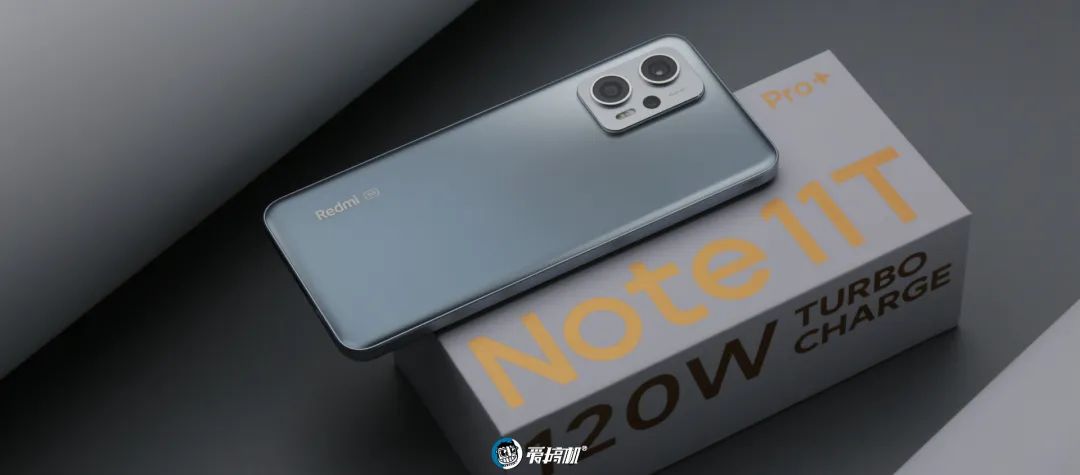
Appearance & Accessories & Feel

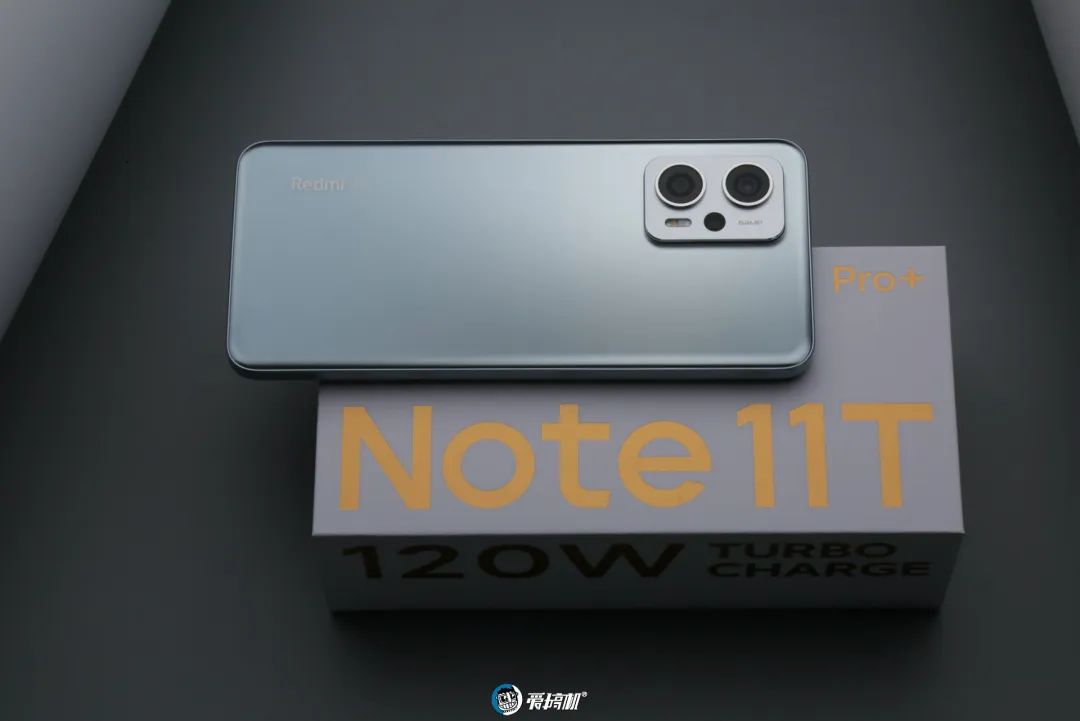
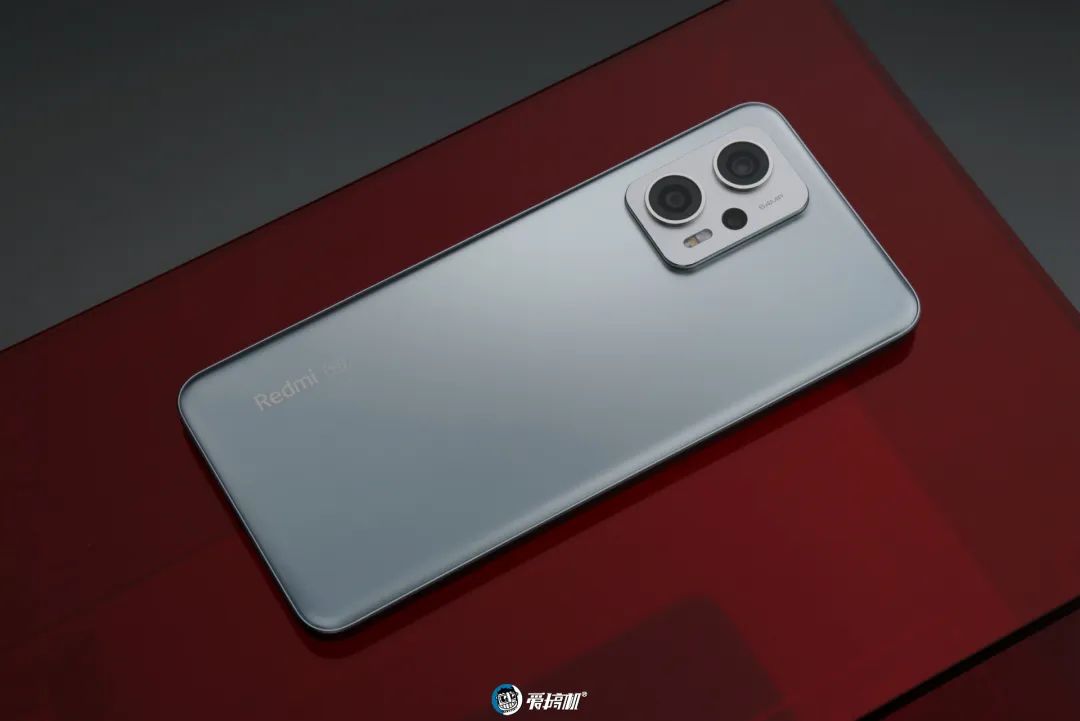
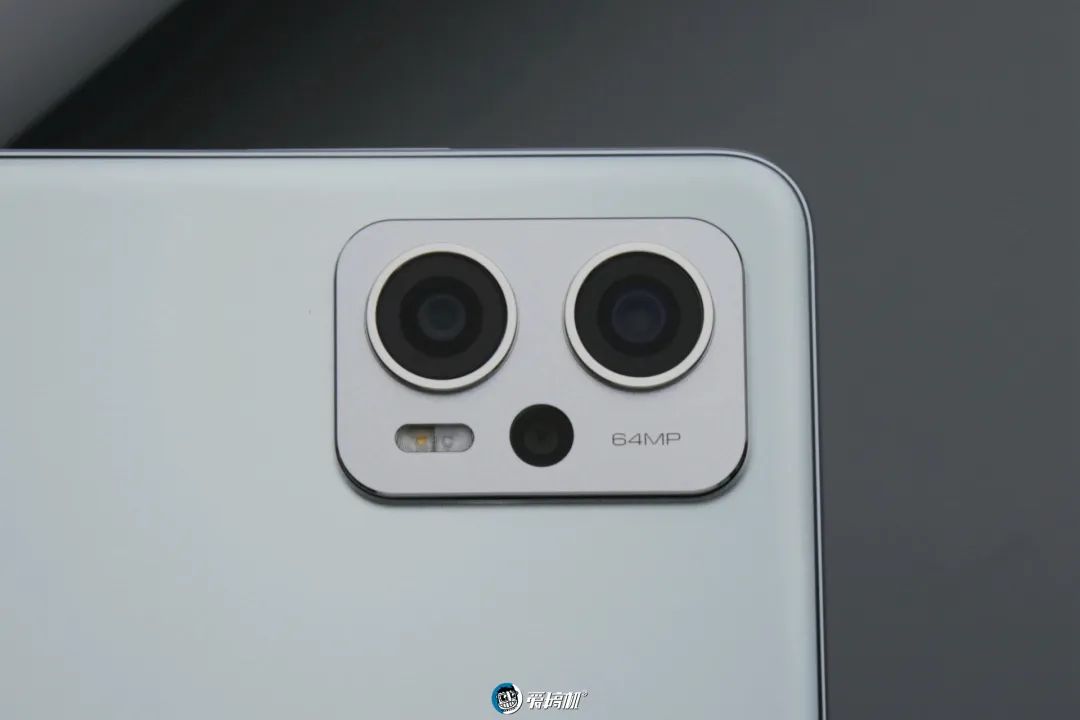

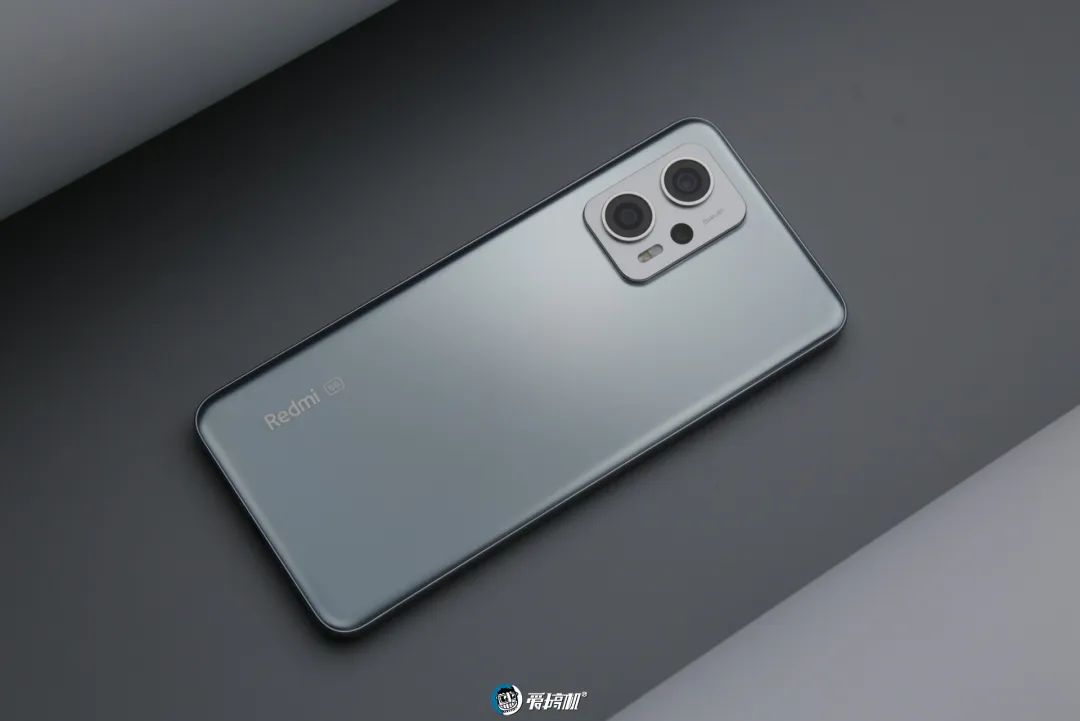
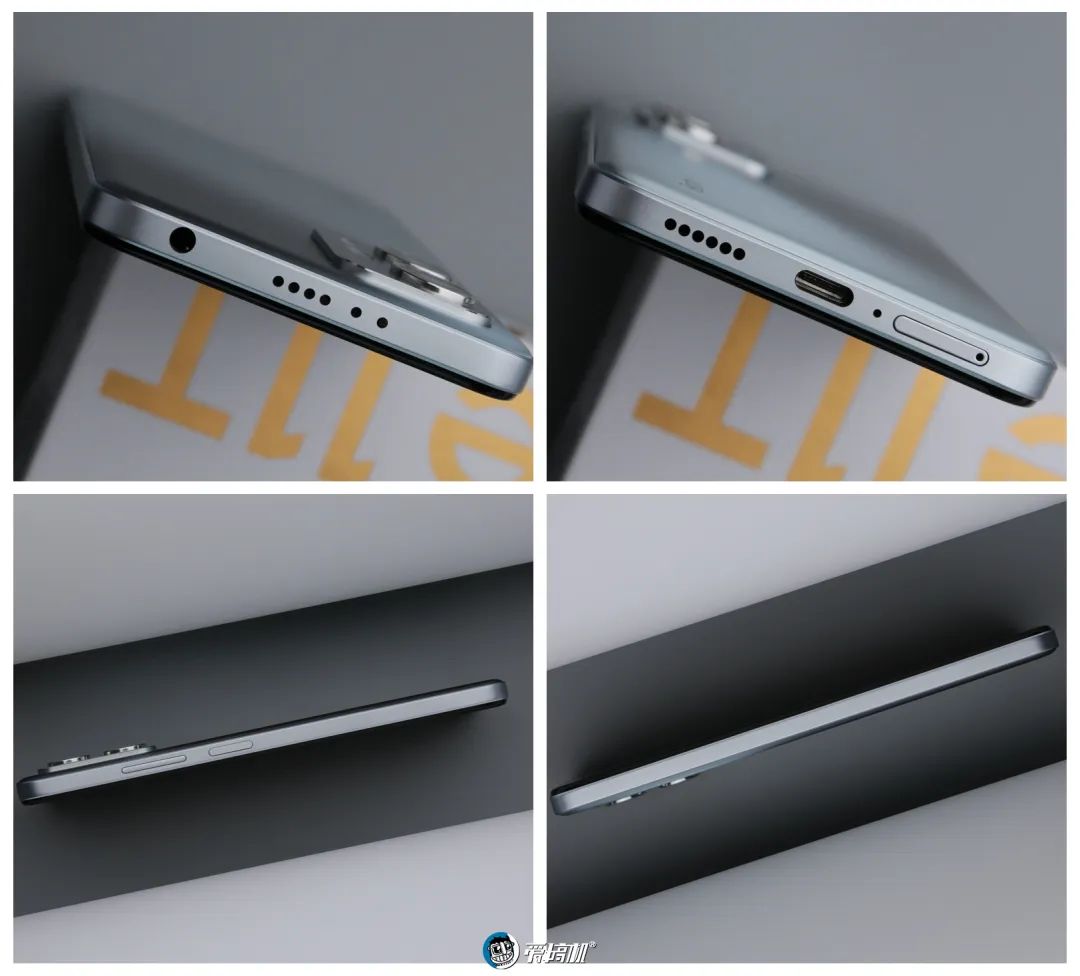

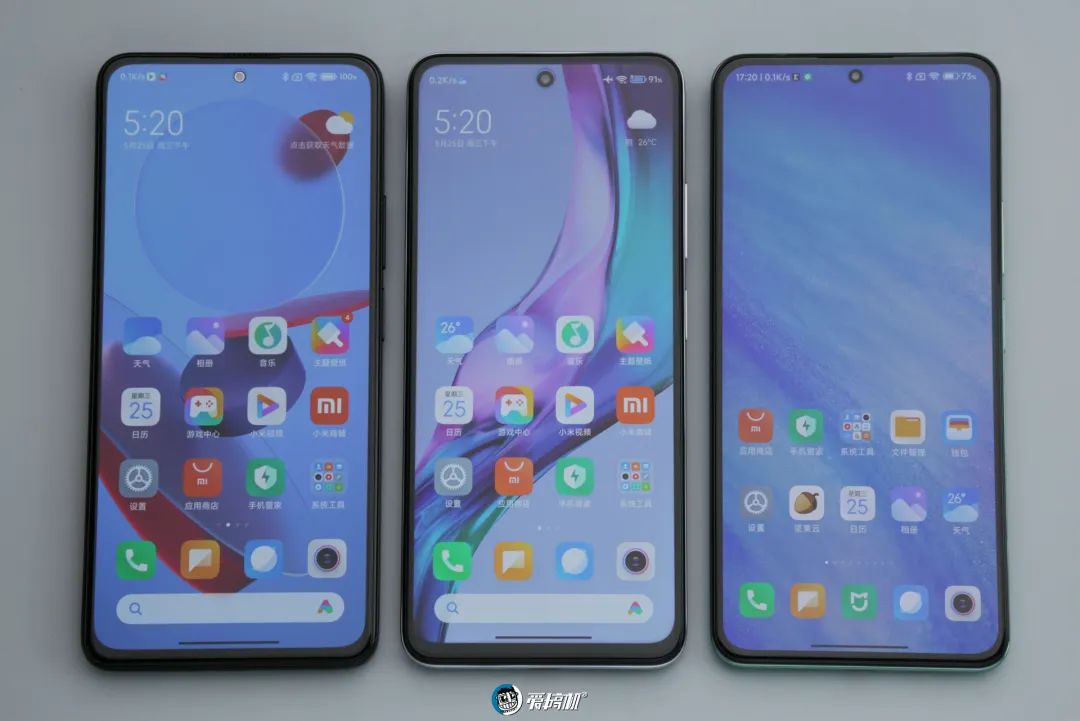
-
0809 X-axis motor vibration performance is slightly below expectations, feeling a bit loose.
-
As the saying goes, unless it’s Sony, the experience of side-mounted fingerprint sensors is actually better than those poorly positioned optical sensors.
-
1012+1216 dual speakers, although there is a significant difference in volume between the upper and lower speakers, the sound quality of the speakers themselves is noticeably better than the standard at this price point; many flagships may not even use such speakers (of course, the main reason is that they simply cannot fit).
Screen: LCD Never Becomes a Slave!
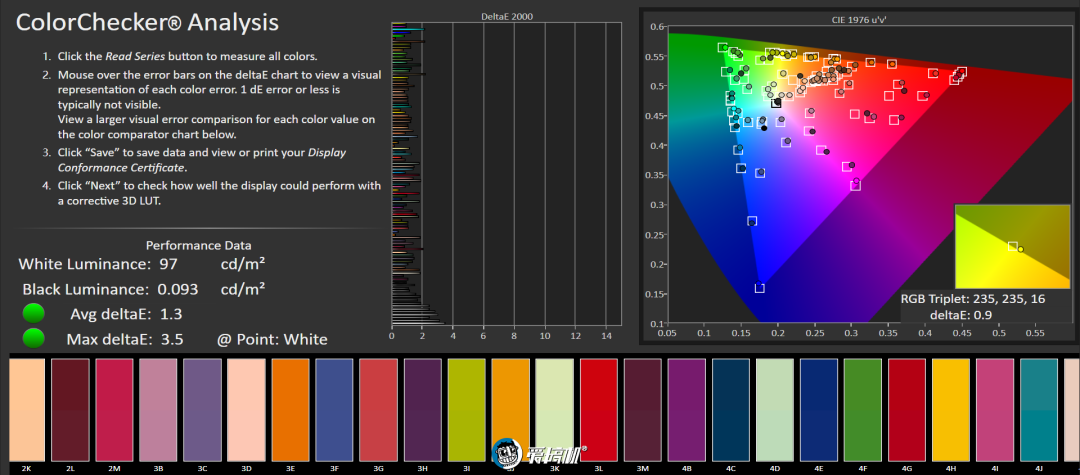

Performance
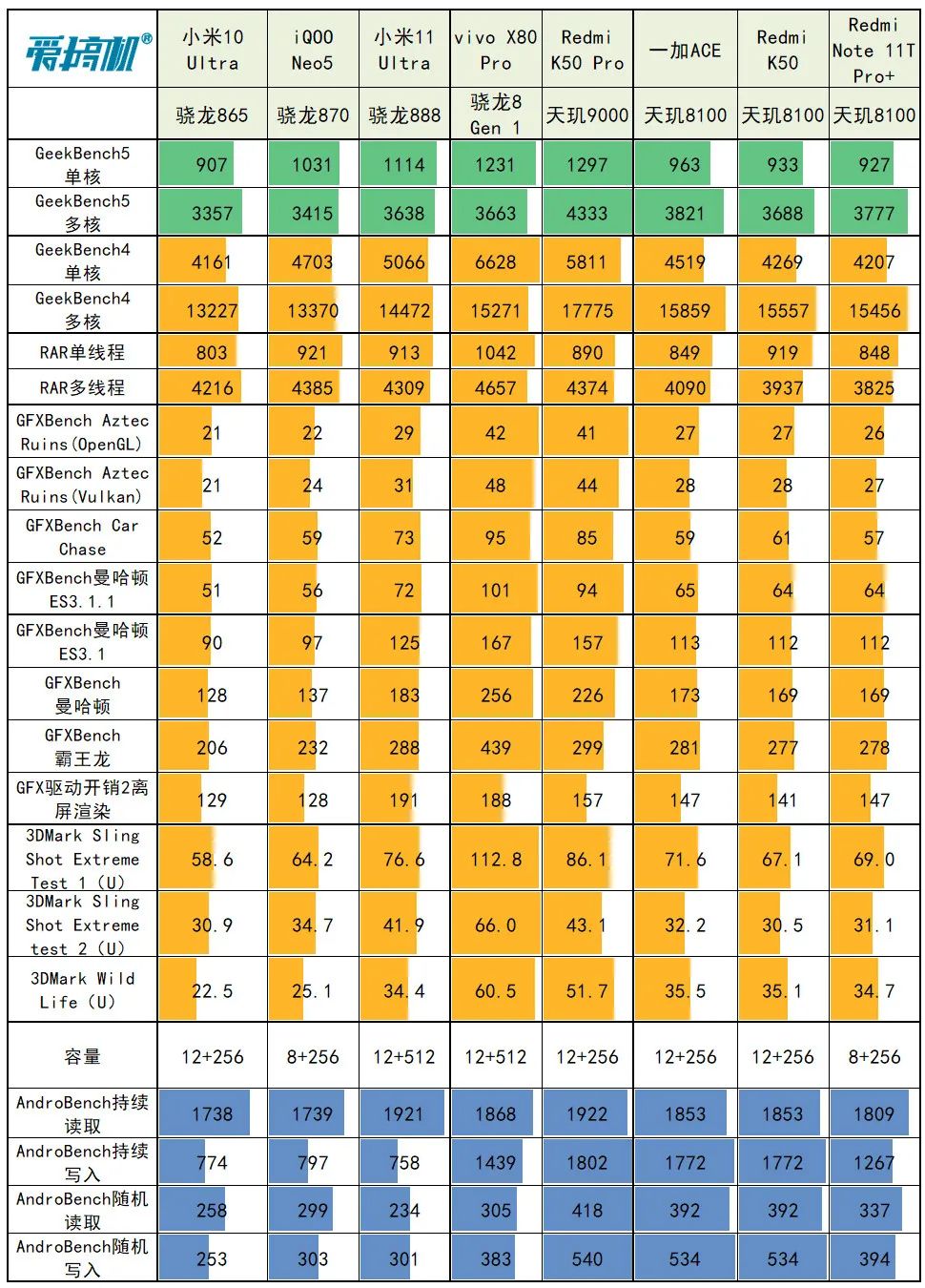
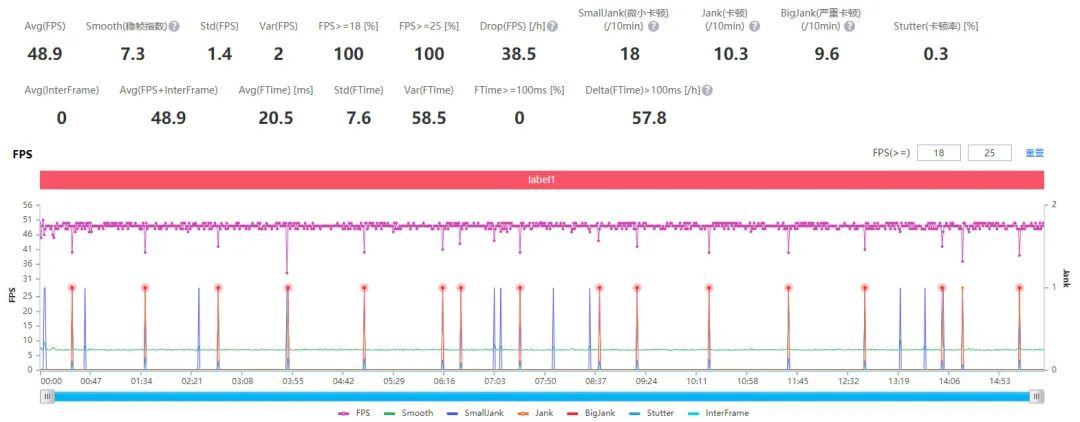


Photography
-
Front camera 1600W, OV16A1, 1μm, 1/3.06″, F2.45 (same as Redmi Note 10 Pro and K40 Gaming Edition);
-
Main camera is the old friend Samsung GW1, 6400W, 1/1.72″, 0.8μm, F1.89;
-
Ultra-wide angle 800W, S5K4H7, 1.12μm, 1/4″, F2.2 (same as K50 series);
-
200W macro, OV02B10, 1/5″ (same as iQOO Neo5).
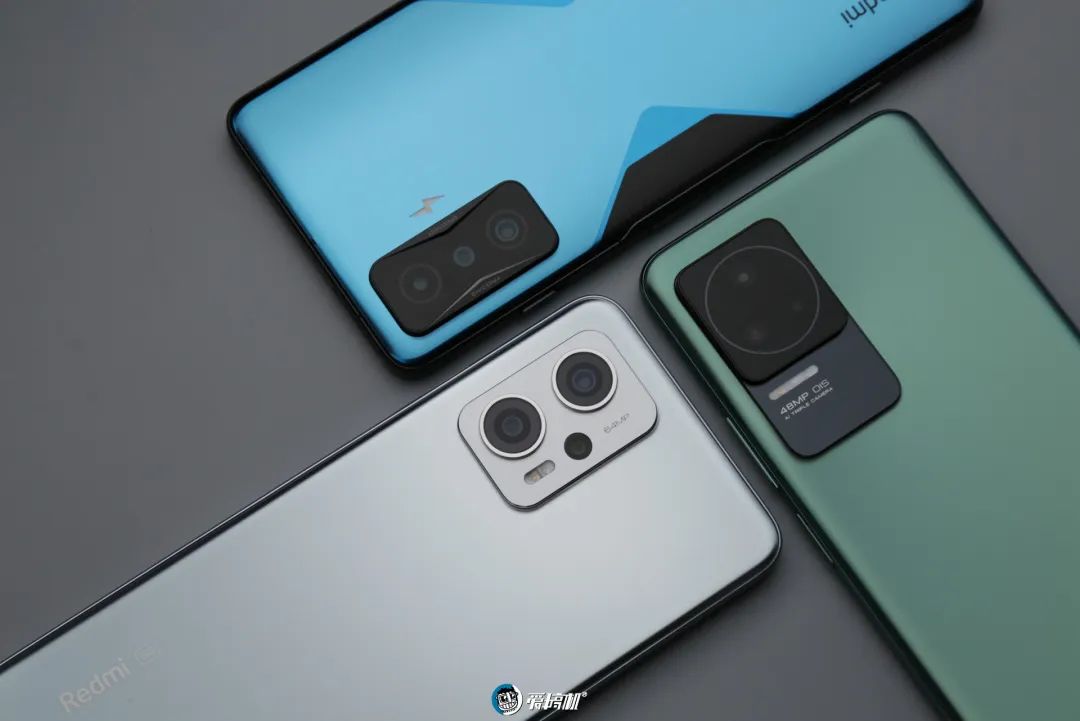

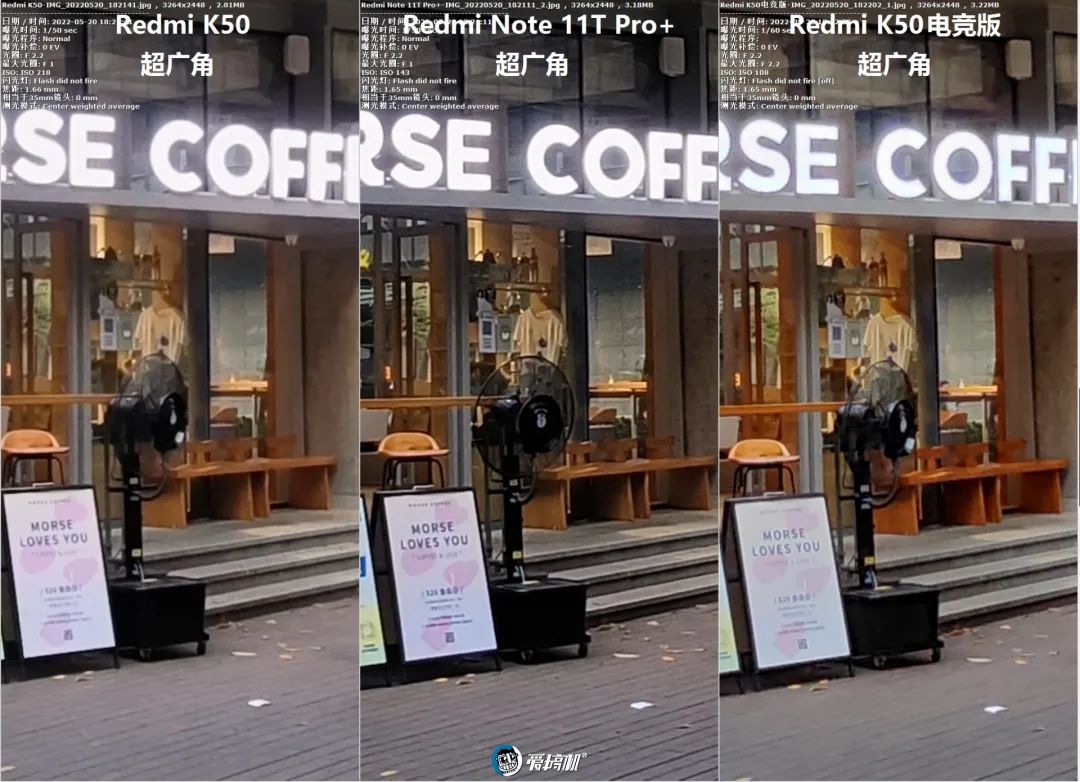

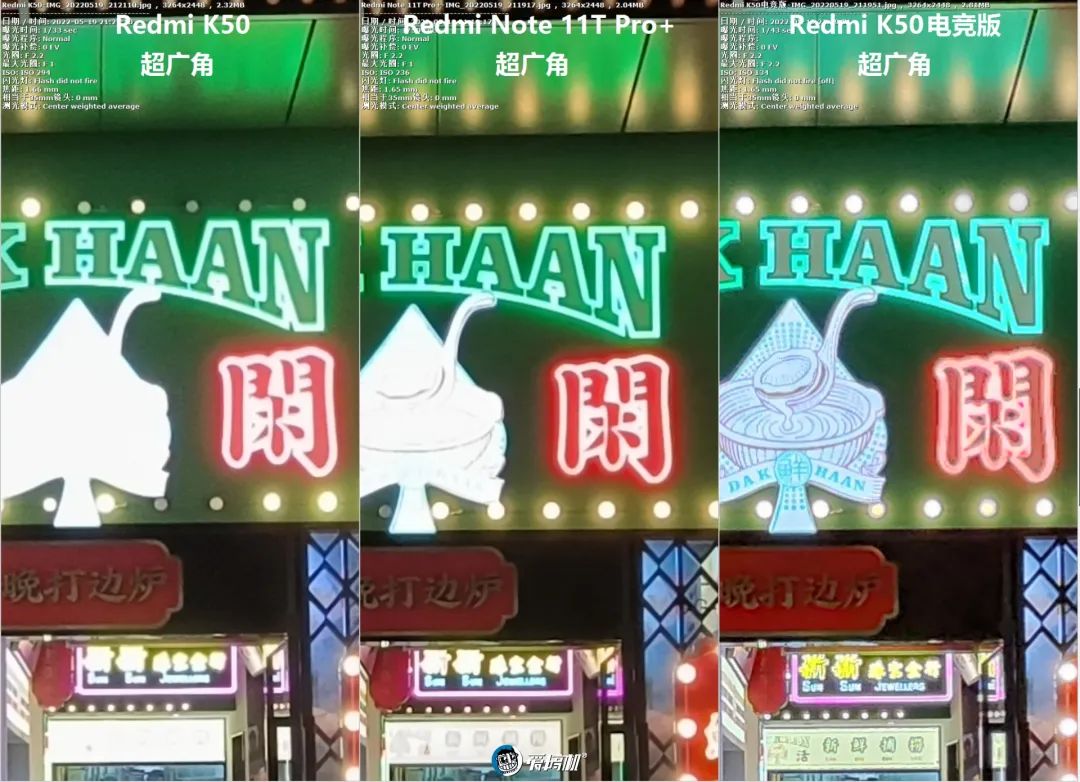
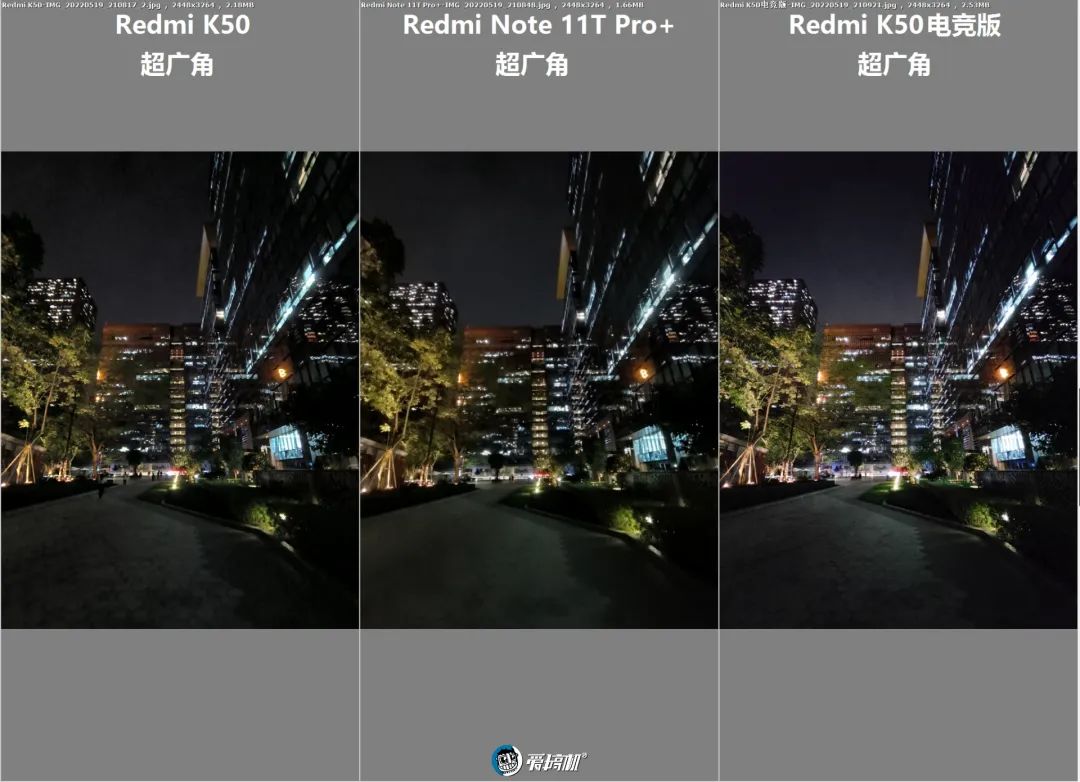
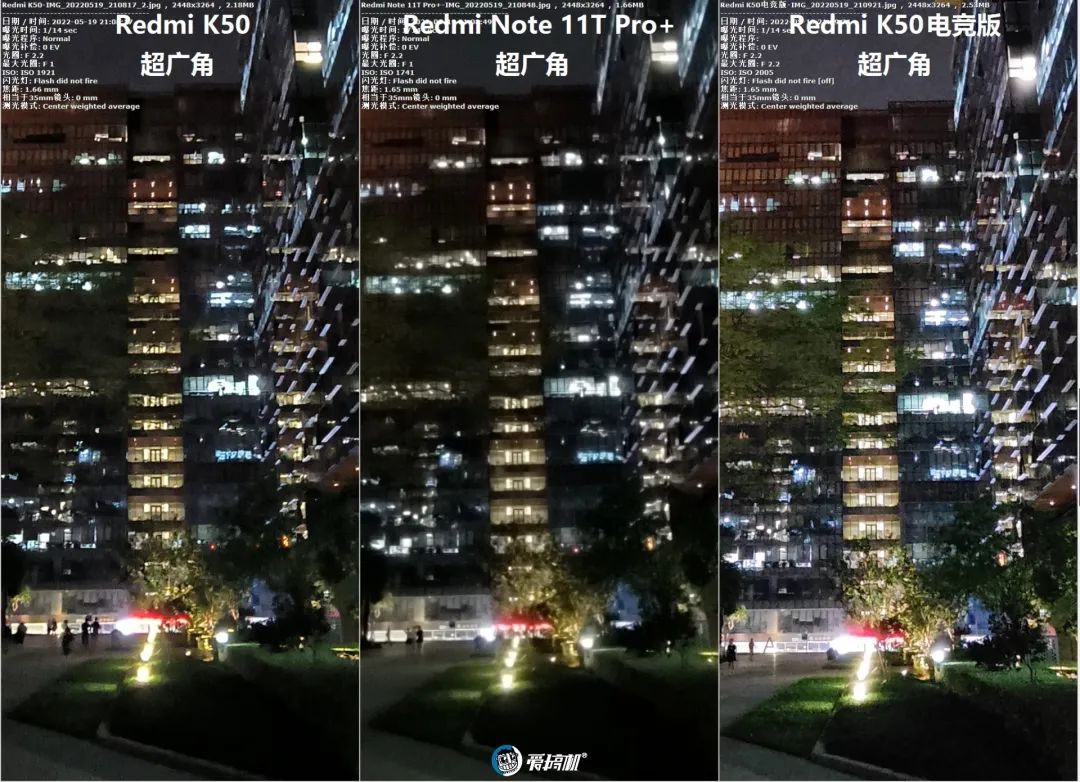
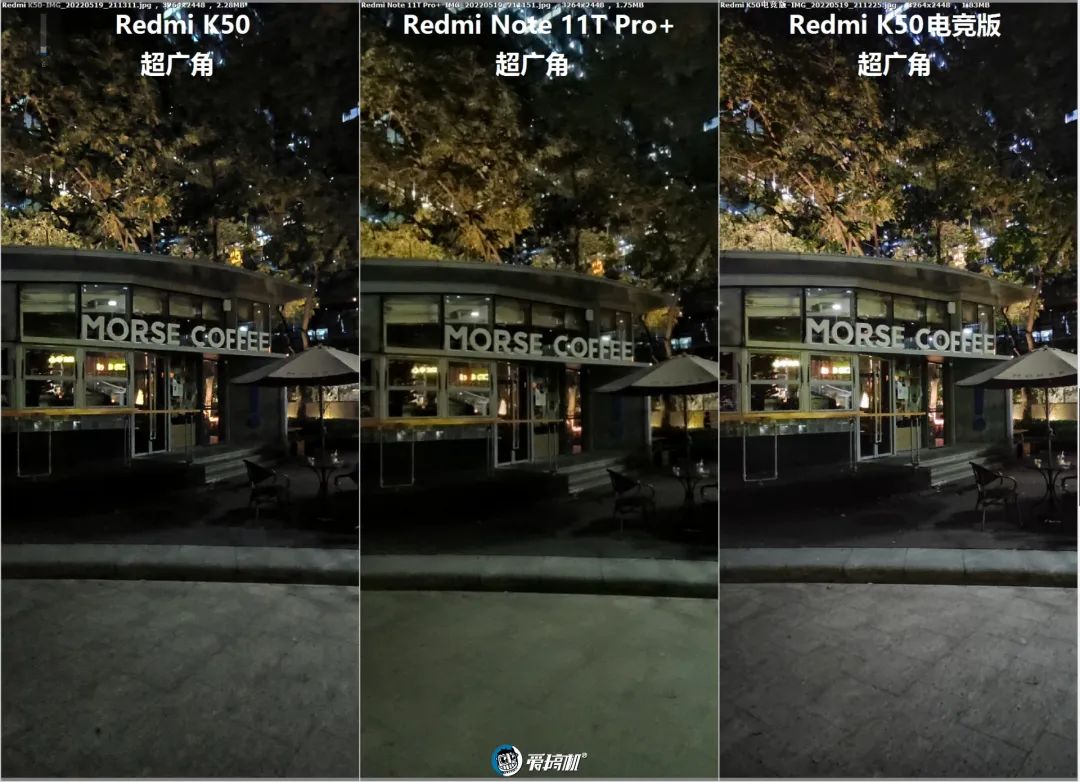
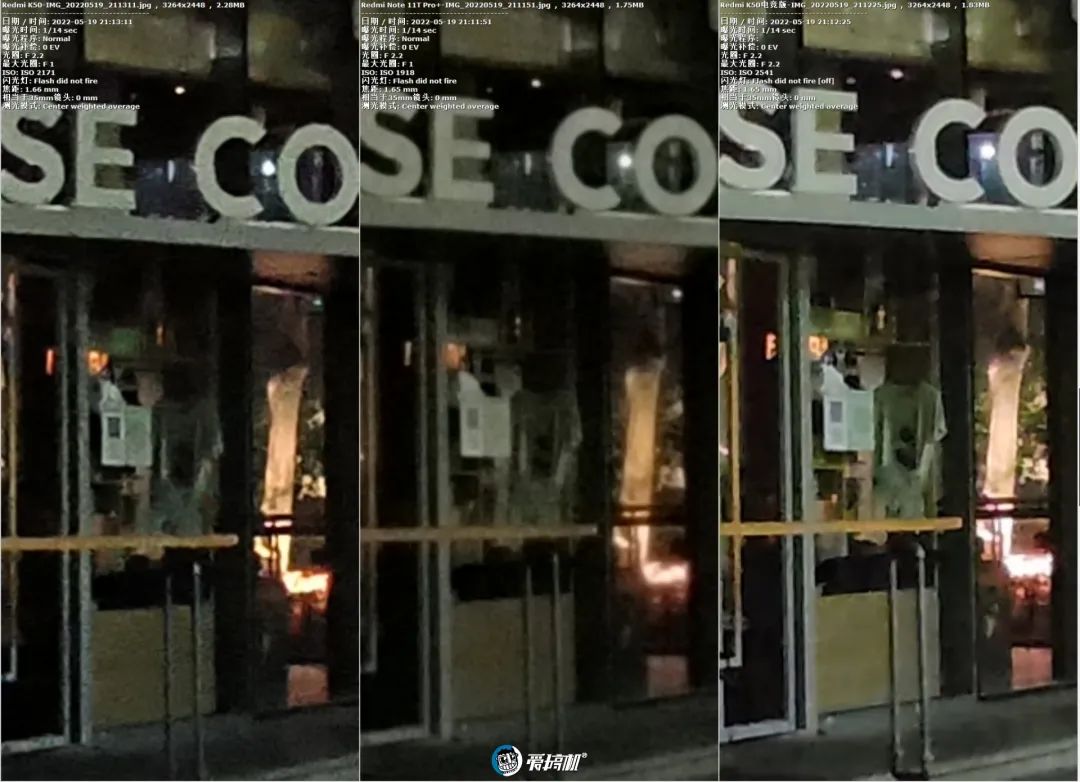
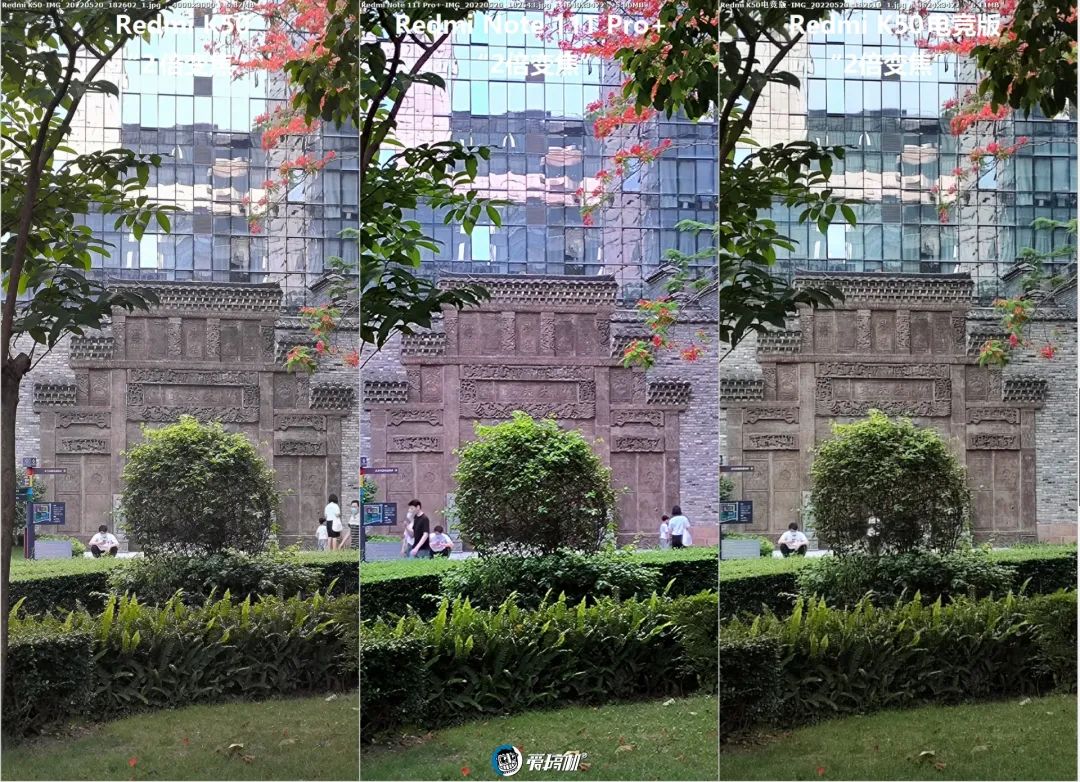
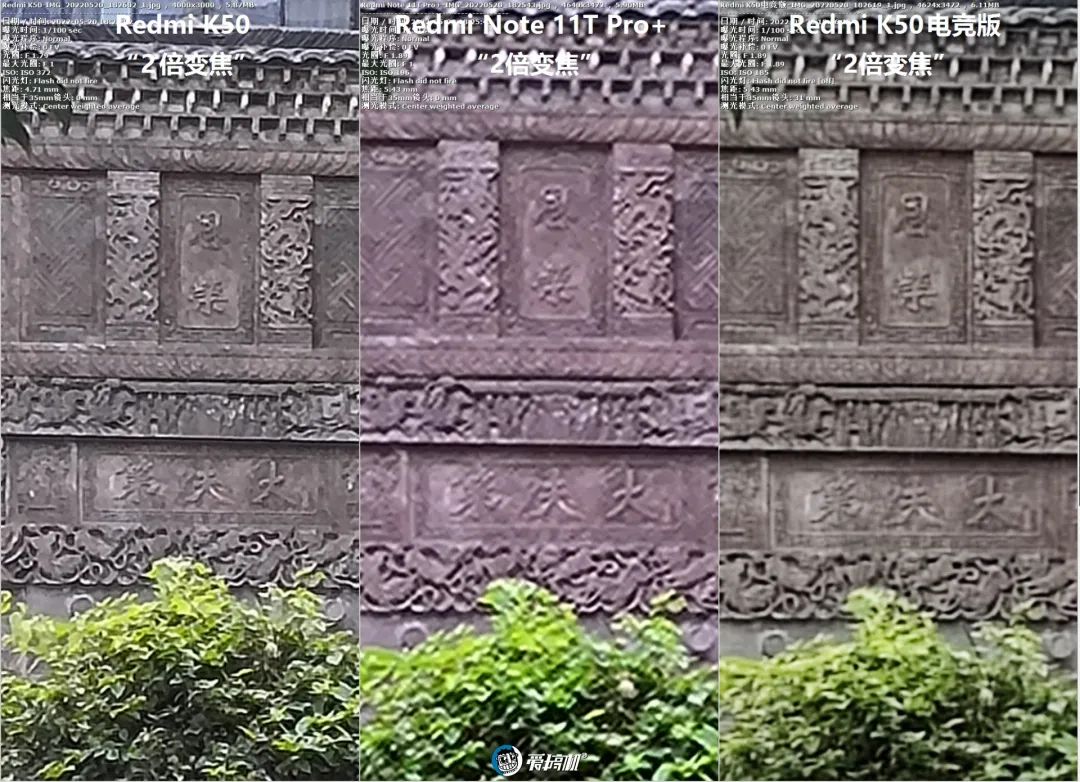
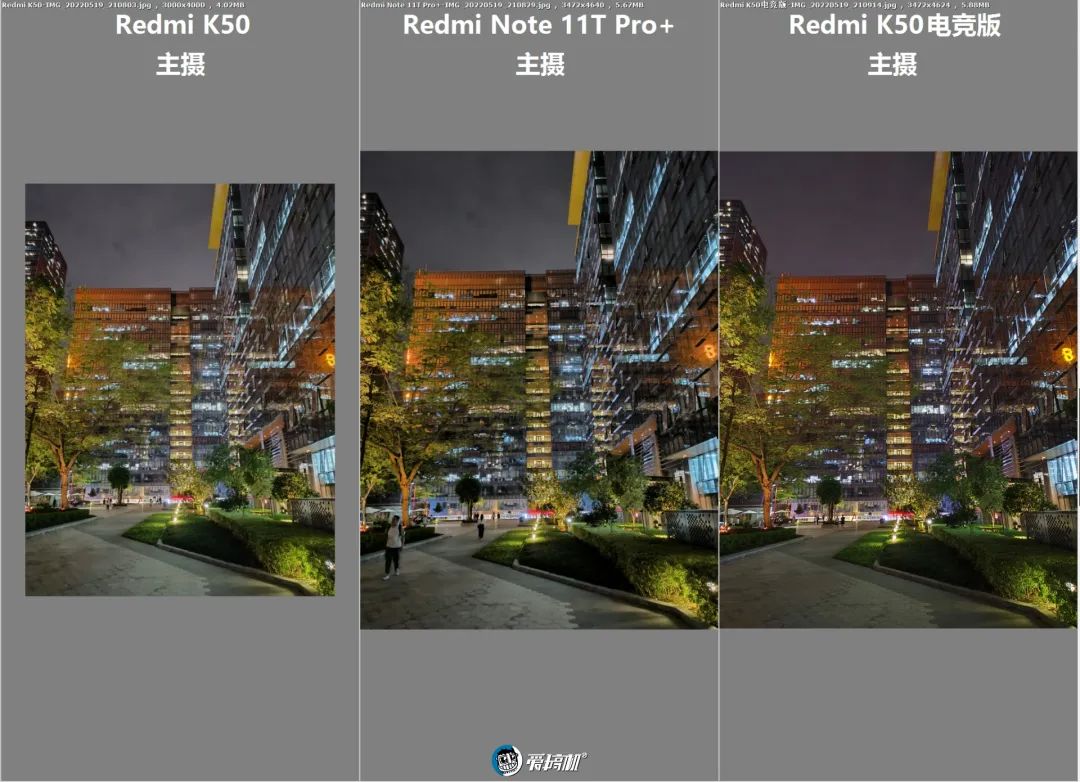
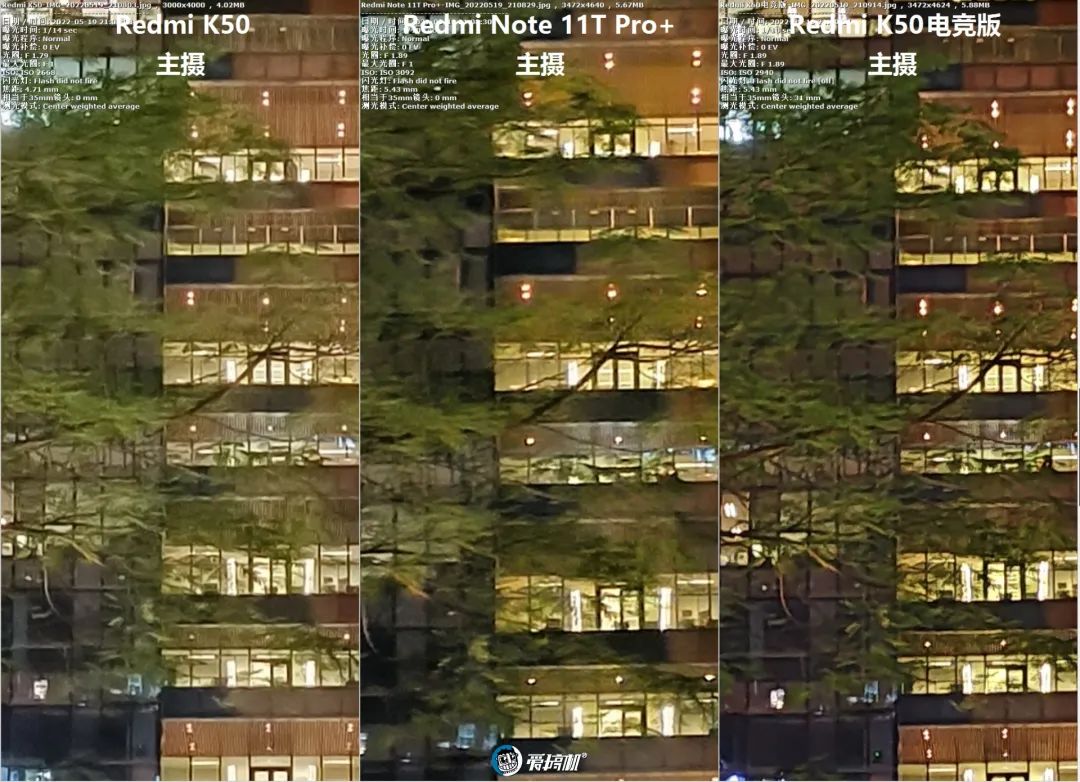
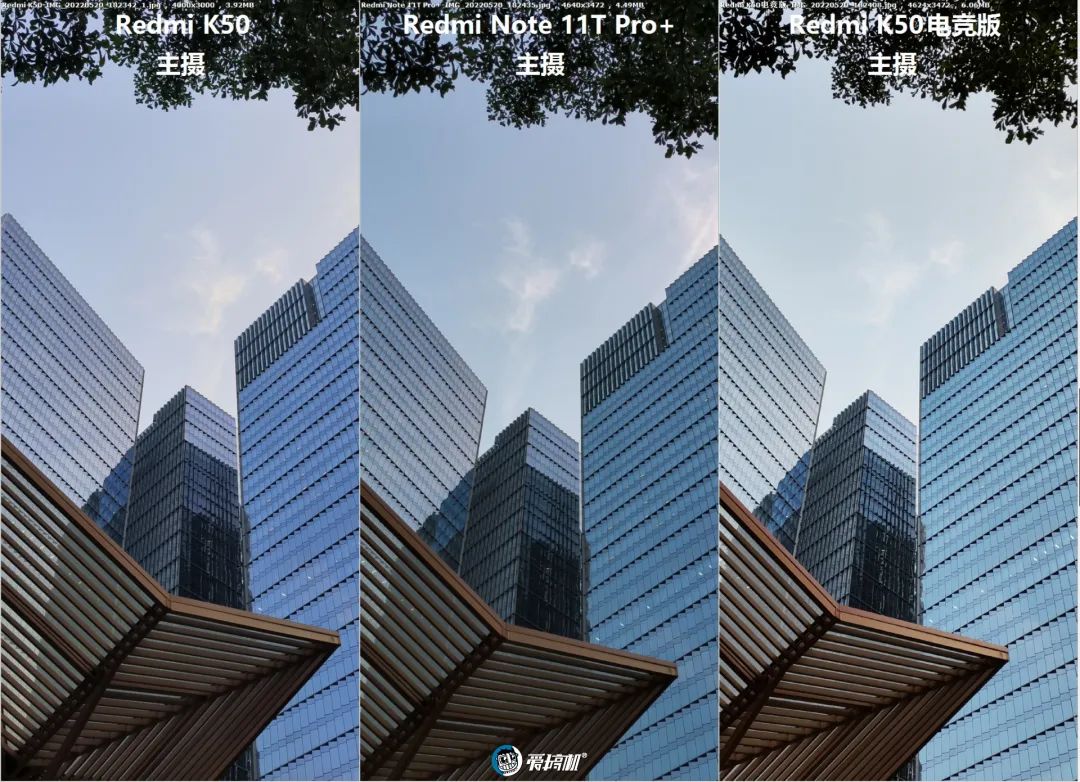
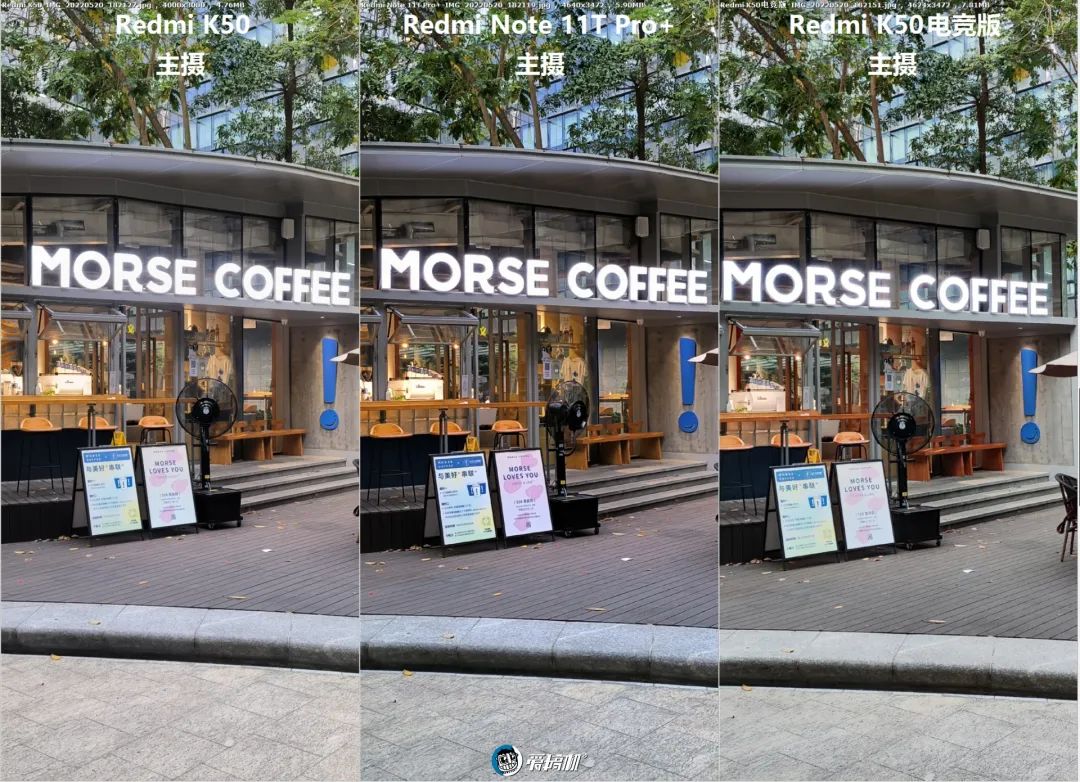
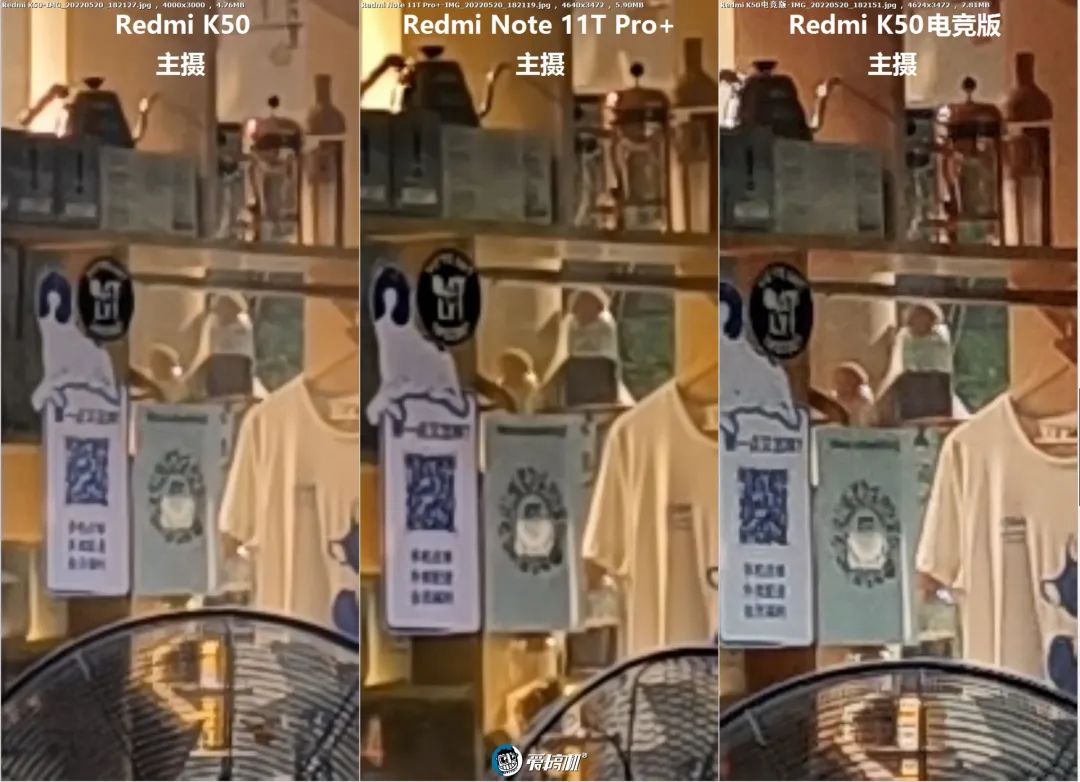
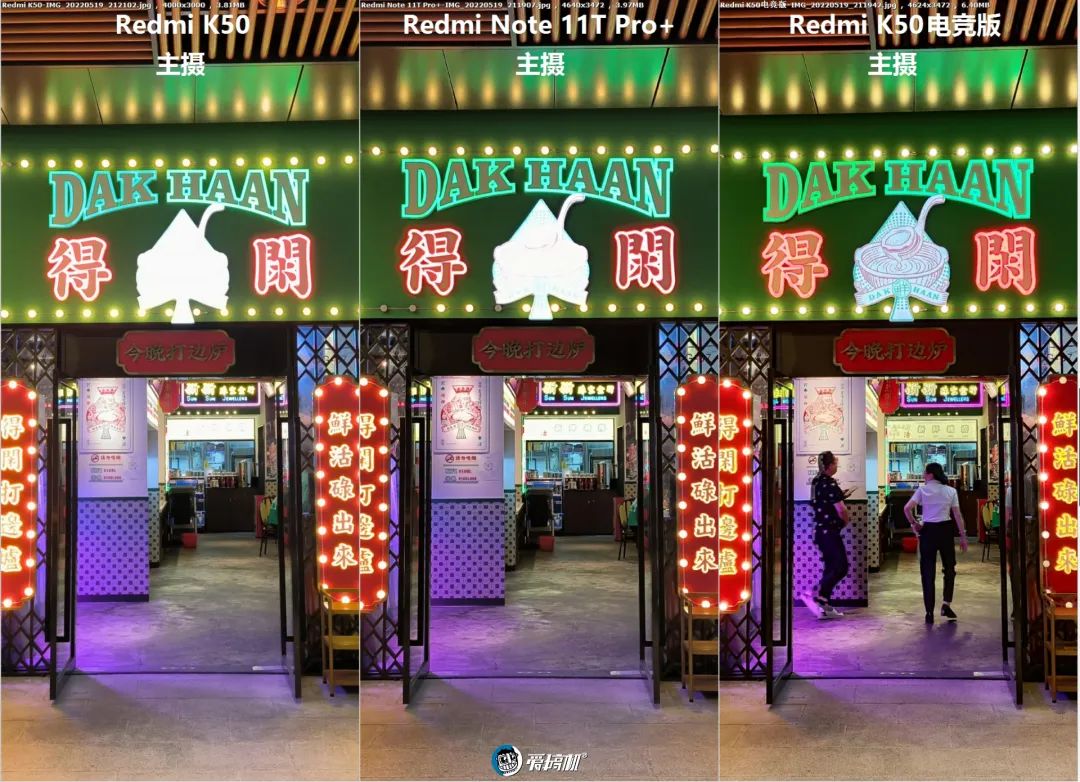

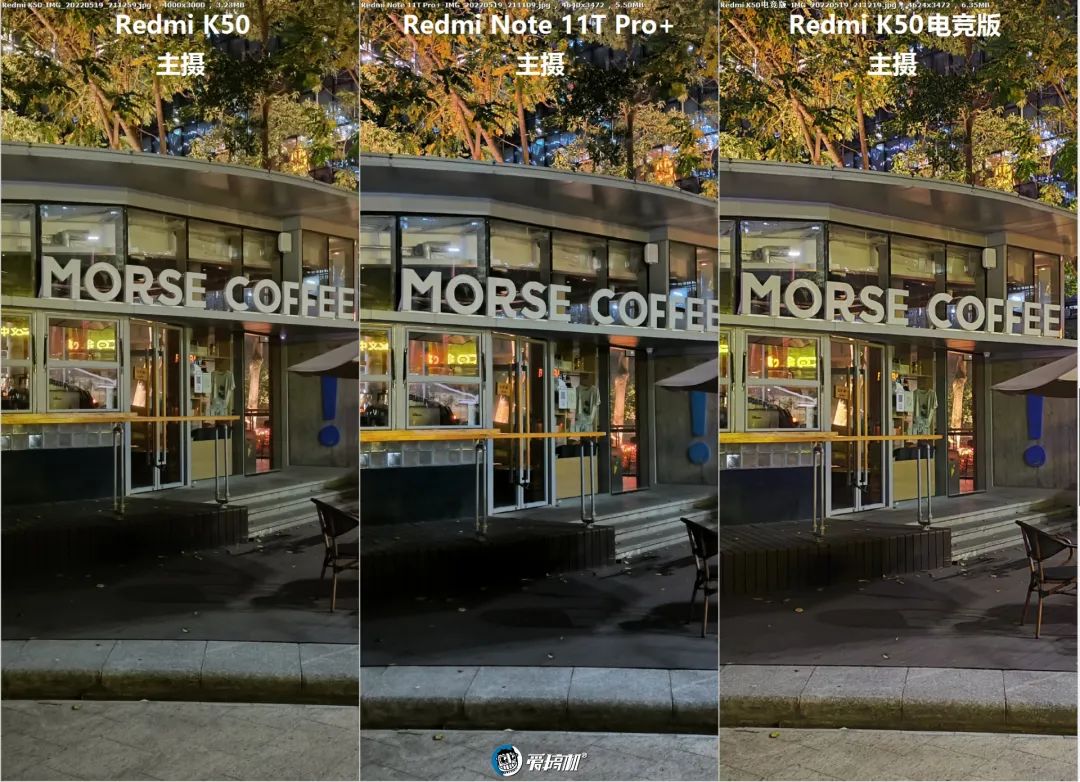
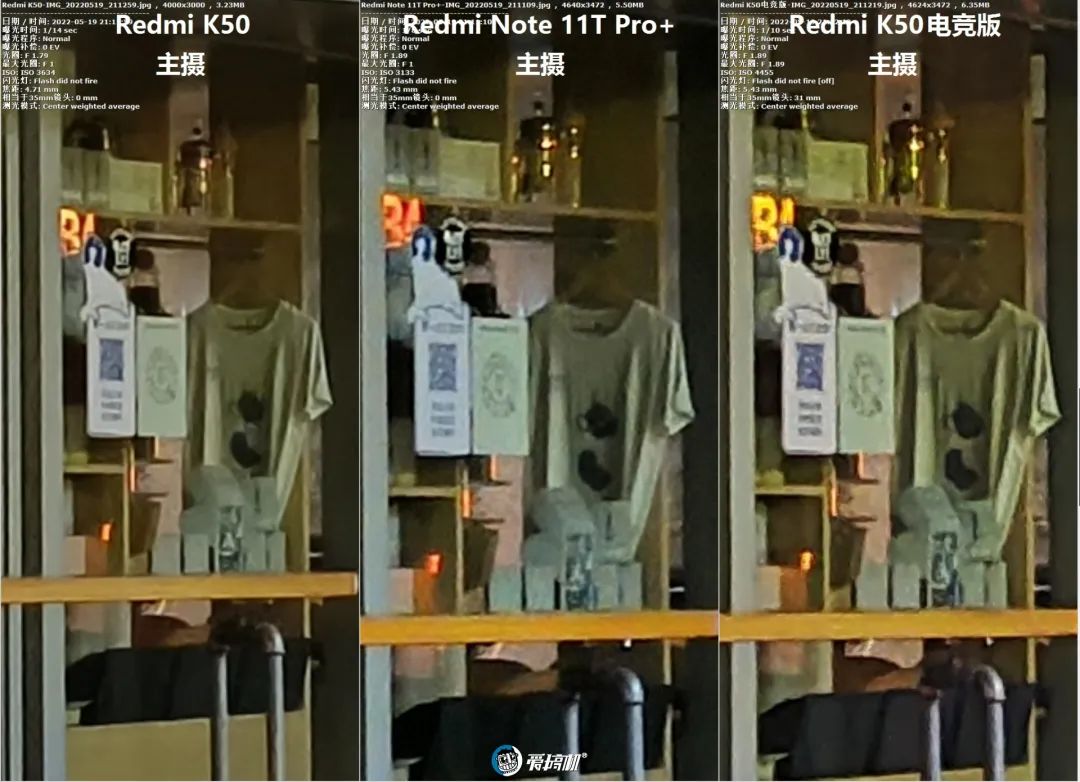
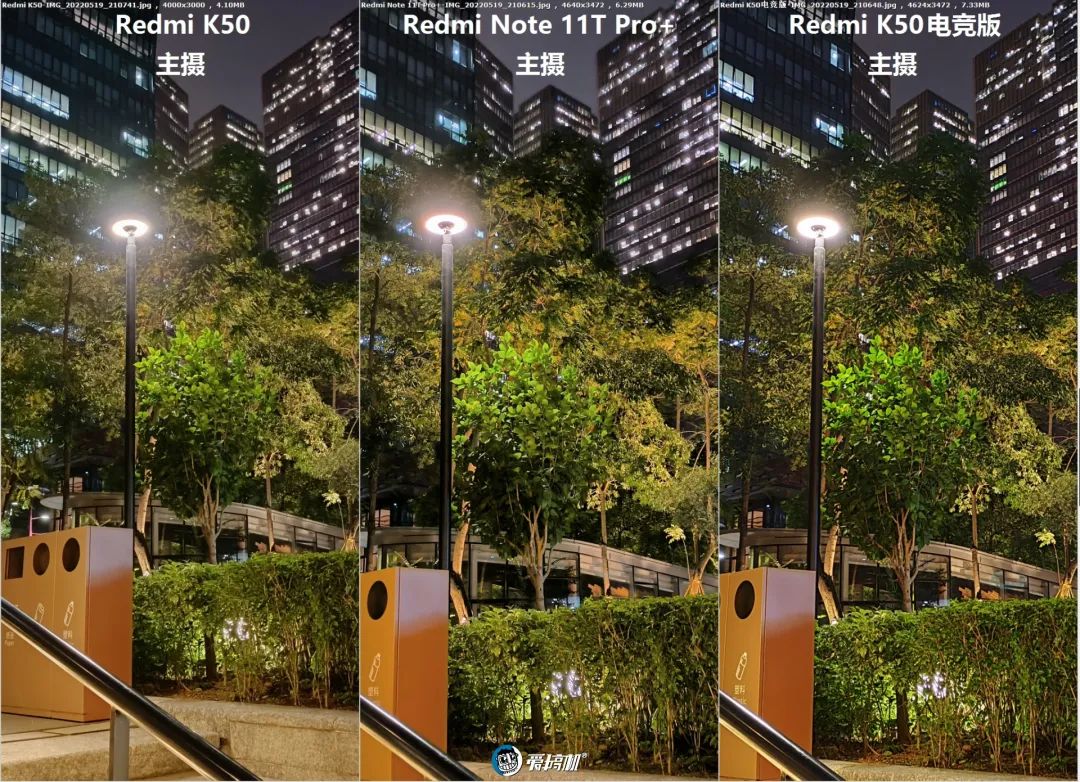
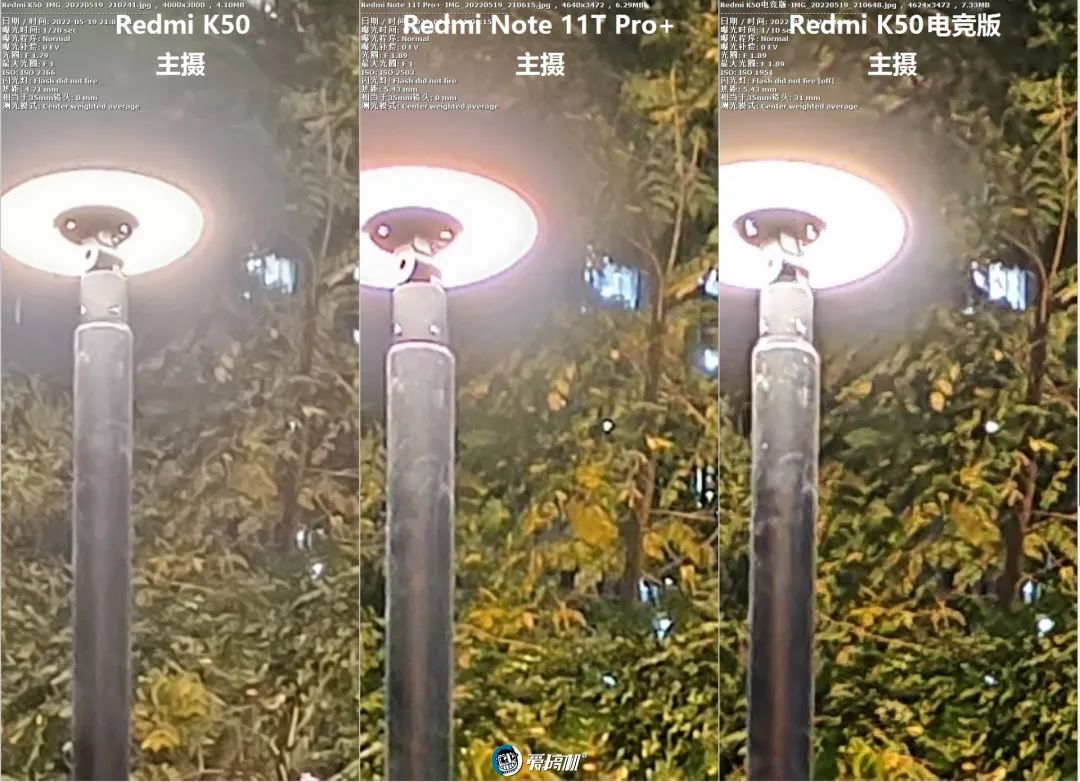
Battery Life & Charging & Heat

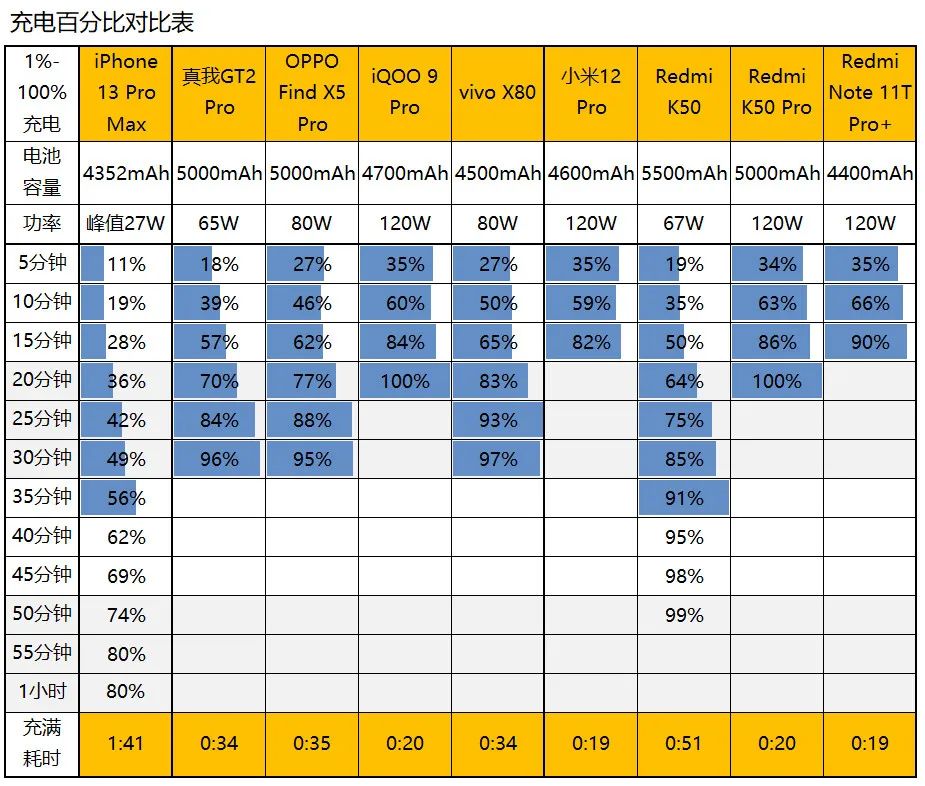


Conclusion

-
The 120W version is only 100 more than the regular version.The higher cost Surge P1, the platinum plating of the USB port related to fast charging, the high C-rate battery, and the 120W fast charger, even if calculated by materials, is quite conscientious (whether it is practical is another story);
-
Even if it reincarnated several times, I never expected that there would be no 12GB memory version? ????K50 has a 2K screen protection, and a 12GB memory Redmi Note 11T Pro+ wouldn’t threaten the K50, it’s really puzzling.
